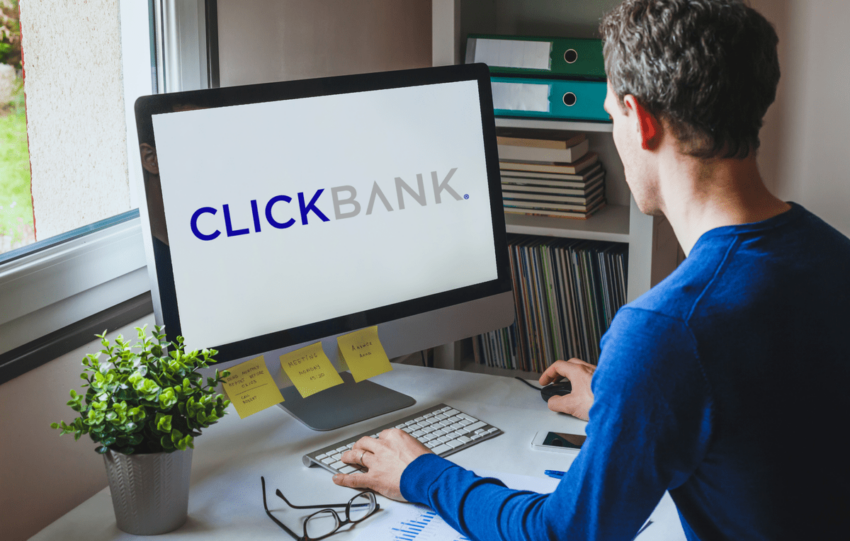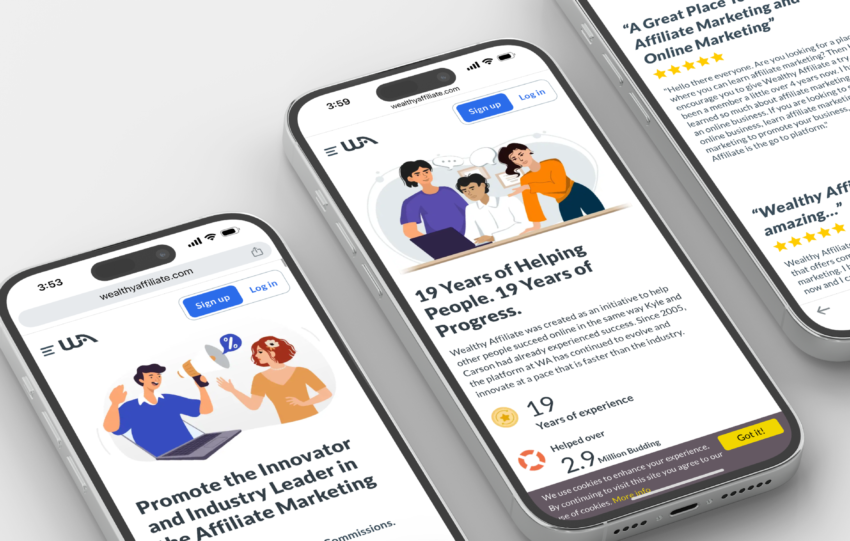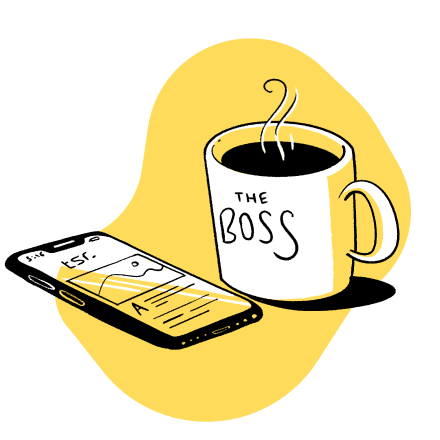Affiliate Beware: 11 Things NOT-To-Do With the Amazon Affiliate Program

If you’re at all active in the Niche Hacks Private Mastermind Group, you’ll probably know me as the website monetization guy.
What most people don’t know is that I’ve also done Amazon Affiliates for over five years and have actually sold quite a few successful websites.
Over at MonetizePros, my team and I have been teaching people how to create a blog and as a part of that, I’ve built up a huge list of Amazon Affiliate niches that we’ll soon be sharing with our readers (and Niche Hacks readers).
During the process of finding those 1,000+ niches and keywords, I manually visited and inspected over 2,500 different Amazon Affiliate websites and the majority of them repeat the same mistakes over and over again.
(RELATED: Learn how to profit from the Amazon Affiliate Program with NicheHacks Academy)
What You’ll Learn
- The common mistakes Amazon affiliates make
- How to avoid being banned from Amazons Associates program
- The best type of content and call to actions for affiliate marketing
- Branding yourself to look more credible and trustworthy
To discover 200+ profitable niche markets click the image below now…

Here’s a NOT-To-Do List for Amazon Affiliates
01 – Listing Prices
This is a big one.
There are two reasons you should avoid this.
First of all, it can get you banned from Amazon Associates.
They change their prices very often and most affiliate marketers don’t update old posts on their niche sites as often, so products get misrepresented.
That’s why Amazon has made it a rule that you’re not allowed to state exact prices in your content.
It’s tempting because they sometimes offer crazy discounts – but it’s not worth the risk.
Secondly, one of the best ways to get click-throughs is through curiosity.
The majority of my Amazon Affiliate clicks come from review posts,
where I’ve added a button after listing all of the pros of the product, asking to “check the price on Amazon.com”.
If you mention the price right away, they’ve lost one reason to click to Amazon and you’ve lost a potential 24-hour cookie that might lead to a sale.
02 – Not Linking to Amazon
I cannot even believe I’ve got to list this but it’s an extremely common problem.
We’ve all started to write “skyscraper” content as our homepages but many marketers seem to forget to link from the products listed on that page.
Every time you mention a product name, every time you have a picture of a product and every time you’ve said something amazing about it – include a call to actionand a link to Amazon.
I know some people are afraid of getting penalized for having too many affiliate links but it’s really not that big of a problem, especially if you nofollow the links.
In an average product review, I tend to have at least one link to Amazon per 100 words and that’s fine with Google.
03 – Not No following Affiliate Links
Doing SEO for niche sites is pretty tough (unless you’ve read this post) because links tend to be harder to obtain.
That’s why it’s critical to have your on-page SEO in perfect order.
Even though we really can’t take this guy seriously, Google’s Matt Cutts has stated again and again that all of the affiliate links on your website should be nofollow.
Well, screw him, that’s not the main reason why we’re doing it.
The problem is that in Amazon niches you’re often competing with Amazon product pages themselves and as you probably know – there’s nothing worse than linking to your competitors!
Nofollow your links and stop making Amazon’s product pages more powerful than your own site.
(RELATED: The “Amazon Affiliate Site” Blueprint shows you step by step how to profit from the Amazon Affiliate program, it’s available in NicheHacks Academy)
04 – Not Investing In Design
Just because we have this amazing opportunity of starting a business for only fifty dollars a year, doesn’t mean that it’s the smartest way of doing it.
Amazon affiliate websites have been popular among marketers for 7-8 years now and trust me, the average person is starting to recognize them.
Stop using the default WordPress theme and text-headers or Fiverr logos.
Stop copy-pasting your iWriter articles in the editor and hitting publish.
Think about the design of your website, the design of your content, and the “image” of your site.
Whether this means investing in a good, premium WordPress theme or hiring an actual designer is up to you, but something needs to change.
Having a professional-looking affiliate site will help you:
- Get higher conversion rates
- Attract more backlinks
- Give you more opportunities for link-building
05 – Leaving Dates On your Articles
This is a much bigger deal than you may think.
You should hide the dates on all of your reviews and articles.
Most of the stuff you’ll post on the site is evergreen, but that’s not the way the customer will see it.
If you’re looking to buy a new keyboard and read a glowing review from 2013, that’s not going to convince you.
In those three years, hundreds and hundreds of better, upgraded keyboards have come out and your stuff is irrelevant.
Delete the dates and most people will not even question it.
Your content is taken seriously.
06 – Posting Too Short Content
Back in 2012, affiliate marketing was super easy.
You order a 500-word article for $5, add a picture, and your affiliate link and with a little bit of effort, you’ll be ranking for your super-secret longtail keyword.
In 2016 this doesn’t really work anymore, yet so many people are still doing it.
Why are pillar articles as homepages so popular? Because it works?
Just look at The Wirecutter,
likely one of the biggest Amazon Affiliate websites. Every single review and post they write is upwards of 4,000 words, sometimes even over 10,000.
Put your longtail keywords into groups and write one big 2,000-word article on the subject and do some link-building.
Your traffic will increase substantially. (See Stuart’s 101 traffic hacks for more traffic)
No post should be under 1,000 words and when you do a content audit on your site, you’ll see that it probably makes sense to go in and delete a lot of the crap you posted a few years ago.
To discover 200+ profitable niche markets click the image below now…

07 – EMD Instead of Brand
Exact match domain names still work in 2016, there’s no doubt about that.
Even after Google devalued them, when you look at the top results for low competition keywords, the benefits are still obvious.
In spite of that, it’s still a short-sighted approach to creating an Amazon Affiliate business.
First of all, it makes it super obvious to a customer in 2016 that you’re just doing it for the affiliate commission and your content cannot be trusted.
Combine it with a few other mistakes from this post and you’ll be seeing a conversion rate around 2-5%.
Secondly, it heavily limits the potential of your website.
An EMD locks you down in one niche and there’s not much you can do about it.
Go with a brand name and once you’ve dominated your initial niche, you’ve got plenty of room (and authority) to tackle other markets.
For example, if your initial niche is electric guitars, don’t start with “electricguitarjudge.com” but go for something like “Musicious.com”
(RELATED: Discover the “secrets” to being a successful Amazon Affiliate in NicheHacks Academy)
Social proof is huge when you’re doing research on something.
If you see that other people trust a resource, you’re more likely to trust them as well.
When you’ve created a Facebook fan page for your niche site and have three likes on it (you, your mom, and your dog) then please don’t add it to the sidebar of your website.
It’s basically screaming to the reader
that they’re one of the first people to ever listen to you and it makes them insecure.
The second social proof aspect is comments.
A lot of niche sites show their most recent posts in the sidebar and there’s a little bubble showing the amount of comments – it tends to be zero.
Getting legitimate comments on niche sites is pretty hard until you’ve hit #1 for your main keywords.
There’s an easy work-around for this.
Go to your WordPress comments manager, click edit on any spam comment that someone has left and delete their website link, change the comment, add a new name and write your own comment!
Try to add at least 3-4 fake comments for each post you publish and people will not only trust the site a little more, but they’ll also be more likely to leave a comment themselves.
09 – Keyword Stuffing
Yes, it’s great for SEO to have your big pages named with keywords and it’s even better to have them in the menu with keywords as internal links.
But it’s not worth it.
Sure you may get a little better rankings from this little “trick” but it kills the user experience of the site in most cases and makes it look spammy for a visitor. (Stop users from bouncing off with this copywriting technique)
Stick to the basics and use categories like “Start Here” “Price Ranges” “Brands” “Reviews” “How-To” “Accessories” and so on and so forth.
Getting more visitors is great but there’s no point in it if your site is impossible to navigate and looks spammy – we’re after sales, not traffic numbers, after all.
10 – Not Having Affiliate Disclosure
This is another easy way to get your Amazon Affiliate account banned.
Every single website that promotes even one product from Amazon has to have the affiliate disclosure.
I usually add it to the footer of my website in a small font, but it’s also okay to create a separate “disclosure” page.
Here’s the text you have to add:
“[Insert your name] is a participant in the Amazon Services LLC Associates Program, an affiliate advertising program designed to provide a means for sites to earn advertising fees by advertising and linking to [insert the applicable site name (amazon.com)].”
(RELATED: Discover the “secrets” to being a successful Amazon Affiliate in NicheHacks Academy)
11 – Only Having Reviews
If your website looks like one long sales page instead of a resource for buyers, most people are going to hit the back button immediately.
Make sure that you’ve also got educational content about your niche.
For most of these, you still have the option to monetize the post but through other methods (i.e. Clickbank).
If you’ve got a website about digital pianos, write a few posts about how to play the piano.
Explain it as much as possible and in the end, you can promote a piano playing course through Clickbank.
This makes your site look like a legitimate resource, shows Google that you’re an authority, and not just posting about products and it’s an opportunity to generate more traffic in your niche.
Although these visitors will not have high buyer intent, a lot of them will still end up reading your other articles and getting your Amazon cookie.
To discover 200+ profitable niche markets click the image below now…

Final Words
While it may be easy to break these rules, it’s definitely not worth risking your associate’s account over.
Many have gone through the horror of reading that email from Amazon “We regret to inform you…” (You can imagine the rest).
These are simple to follow, but yet common mistakes that many affiliates make.
Leave your questions, comments, and what you plan to do after reading this post…
Karl Kangur runs MonetizePros.com, the biggest resource on website monetization and display advertising. He has over 8 years of experience in the game and loves playing with Google.





